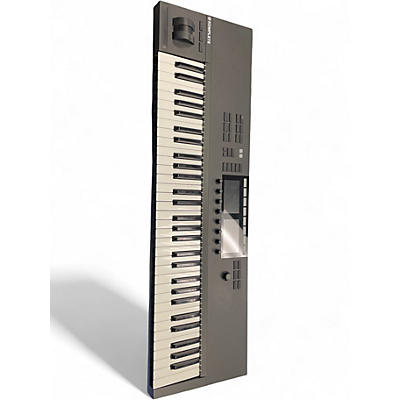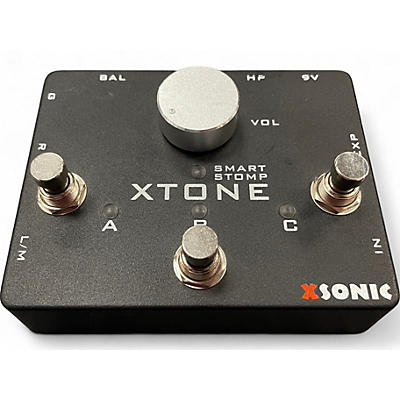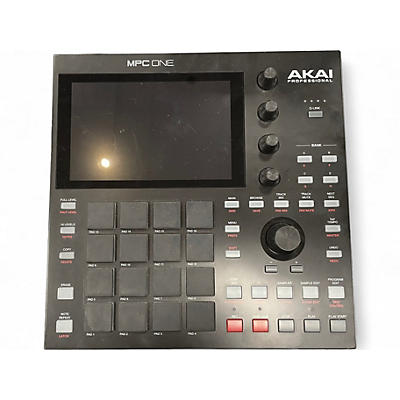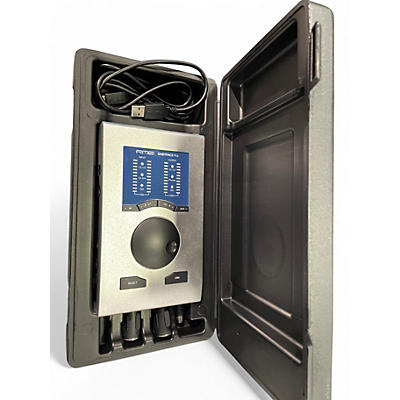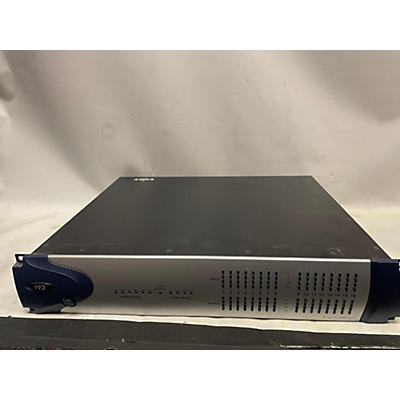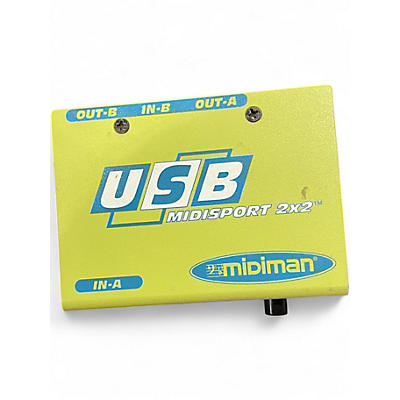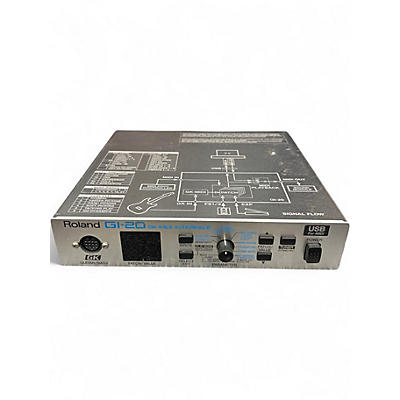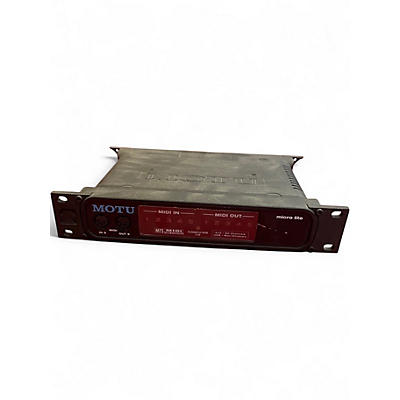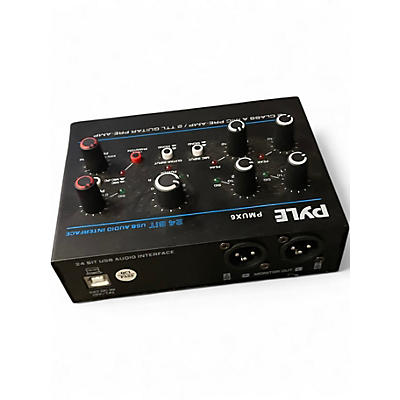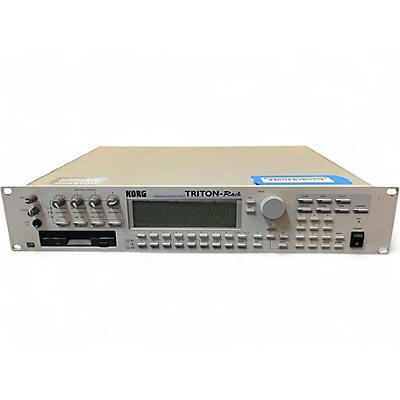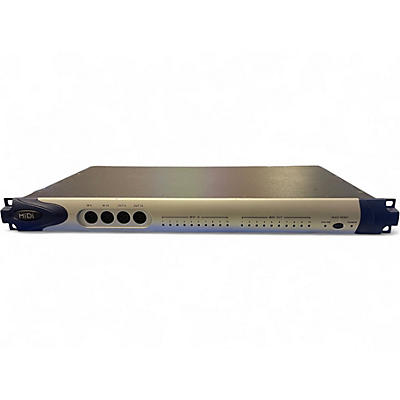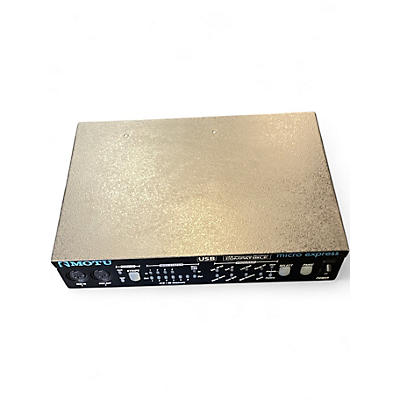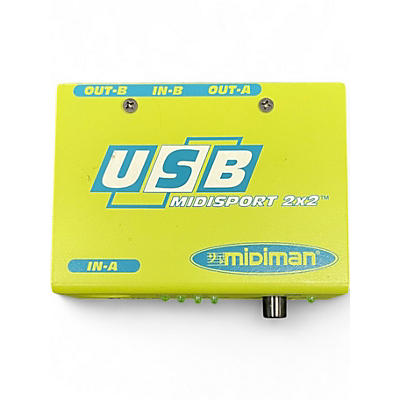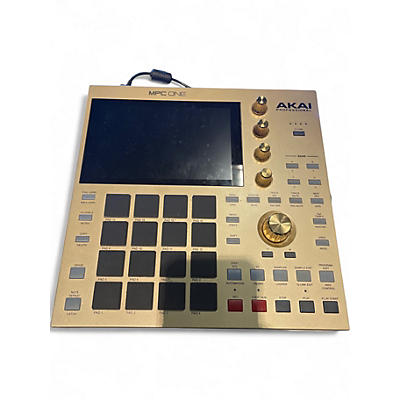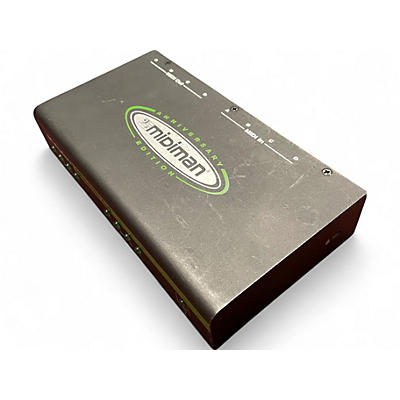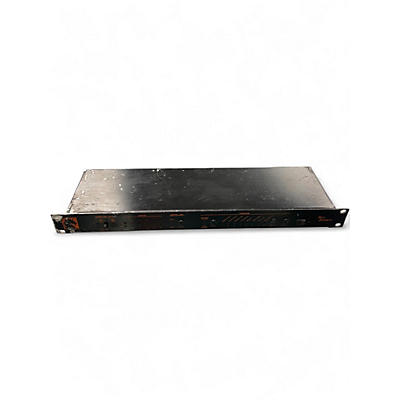Ever since it was introduced in 1983, MIDI has been changing the way musicians produce their work. At first, the tech was exclusive to electronic music, but with all styles of music moving further and further into the digital space, MIDI has become an invaluable tool for virtually any music professional. MIDI interfaces are an important link in applying the technology to the modern studio.Today, software synthesizers, mixers and sound generators are even more popular than hardware sound units. Whereas in the '80s and '90s, a band or studio engineer would have had a rack full of sound units all working together, that same job can now be done by software running on a single laptop or even a tablet. The MIDI interface is the middle-man between your controllers and your PC, Mac or iOS device. Just like rack-mounted hardware, a powerful MIDI software suite will allow you to play multiple instruments from a single controller, mix on the fly and add as many effects as you like.MIDI interfaces come in different shapes and sizes, so it's fairly straightforward to choose one that fits your needs. If you're setting up a home studio, go for a full-featured tabletop interface to get the most ports and connections. Want something to take onstage with an iPad as the nerve center of your setup? No problem. There are iOS interfaces and other compact models made to use with portable devices. You can toss one in a laptop bag and carry it with you for those times when inspiration strikes and you want to bust out a quick recording with your portable controller.There's also a wide assortment of routing boxes from MIDI solutions, including footswitch controllers, splitter and merger pass-through boxes, event processors, relays and others. These compact units give you the tools you need to make short work of complex cable routing challenges to make sure the signal is going where you need it to go, when you need it there.For any digital device you use, there is a MIDI interface that will allow your controller to make it sing. All you need is a USB port‰ÛÓor the right Apple device in the case of iOS interfaces with proprietary connectors‰ÛÓand the software for the controller to talk to. The composing is up to you!






































































































































